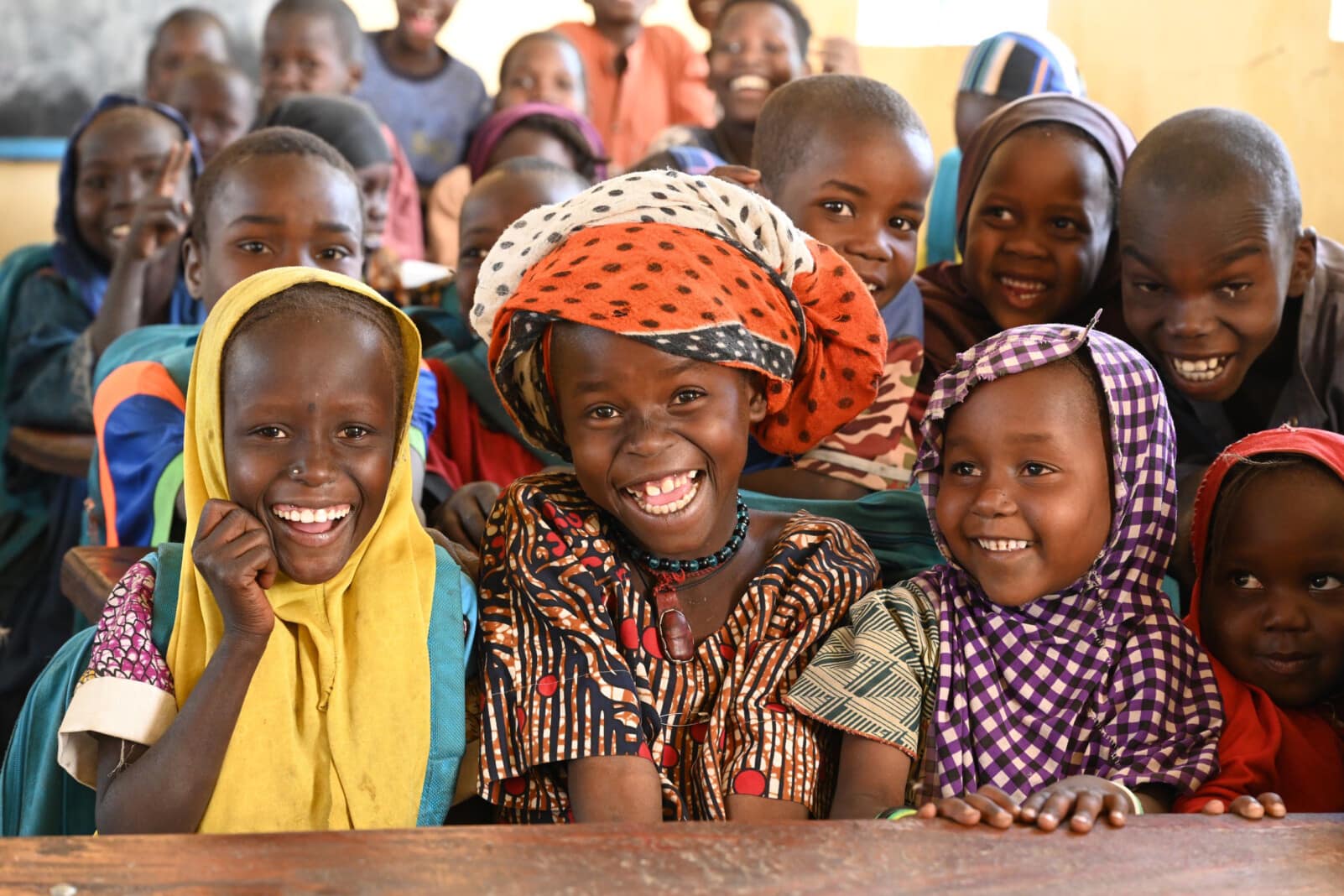Access to primary education is a basic right of every child. An effective primary education can build a solid foundation and open avenues for future success. With its profound implications on both the individual and society, primary education plays a crucial role in reducing extreme poverty and promoting social changes. The Sustainable Development Agenda acknowledges the importance of primary education in Goal 4 which stipulates that by 2030, the world should ensure inclusive and equitable quality education and promote lifelong learning opportunities for all, including a target on universal access to primary education. Though there are varying standards, primary education is typically designed for children 6 to 11 years of age.
Significant progress has been made towards achieving universal primary education. Globally, the adjusted net attendance rate reached 87 per cent in 2021, and about four out of five children attending primary education completed it. Additionally, over the past two decades, the number of out-of-school children was reduced by over 35 per cent. However, there is still a long way to go: 64 million children of primary school age remain out of school, with the majority of them coming from marginalized groups.
Socioeconomic status strongly influences primary education attendance and completion
Globally, a lower proportion of children from the poorest families attend primary education compared with their wealthier peers. While almost all children from the top wealth quintile attend primary education, only 74 per cent of children from the bottom wealth quintile do.
Across different regions, household wealth impacts primary school completion rates differently. West and Central Africa has the largest gap of 58 percentage points in primary school completion rates between the richest and poorest quintiles. In contrast, in East Asia and the Pacific and Latin America and the Caribbean, children from the top and bottom wealth quintiles complete primary school at more similar rates, with a gap of just 13 percentage points.
Significant progress has been made in reducing the number of out-of-school children, but there were still 64 million primary school-age children out of school in 2020
In the past 20 years, the number of out-of-school children of primary education age fell by 35 per cent, from 99 million in 2000 to 64 million in 2020, with 53 per cent of these out-of-school children being girls. Despite this tremendous progress, the world must accelerate the pace at which the number of out-of-school children is reduced, as the total has remained stagnant since 2007.
In the past two decades, the global out-of-school rate decreased by 10 percentage points, with the largest improvements observed in West and Central Africa and Eastern and Southern Africa. However, inequalities and regional disparities persist in out-of-school rates. Globally, only 3 per cent of children from the richest families were out of school, but 23 per cent from the poorest families were. The gap between children coming from the rich and the poor households doubles in West and Central Africa, with over half of the children from the bottom wealth quintile being out of school.
Girls remain at a disadvantage in accessing primary education in Africa and South Asia
As measured by the adjusted net attendance rate, around three in four countries and territories among the 122 countries for which data are available have reached gender parity in primary education. Nevertheless, Africa and South Asia lag behind other regions in achieving gender equality for girls, with girls having lower attendance rates than boys in these two regions. Even though the number of countries in which boys and girls are disadvantaged is similar, there are still countries where gender parity is not met.
Many children worldwide do not have foundational reading and numeracy skills
The sixth round of the Multiple Indicator Cluster Survey Programme (MICS6) contains a Foundational Learning Skills (FL) module that assesses learning outcomes in reading and numeracy skills expected for Grades 2 or 3 (SDG4.1.1.a). This household survey data provides invaluable insights regarding both in-school and out-of-school children aged between 7-14 years old.
Findings show that many countries do not equip their children with foundational reading and numeracy skills. Specifically, as measured by the median across 35 countries and regions with data available, only one in five children in Grade 2 or 3 demonstrated foundational reading skills on par with their level of attendance. Moreover, only one in every ten children had foundational numeracy skills, as measured by the median across 35 countries and regions.
Recent MICS6 results also reveal considerable differences across countries. Alarmingly, in Chad and the Central African Republic, fewer than 5 per cent in Grade 2 or 3 acquire the expected level of foundational reading skills. In contrast, in Belarus, over 80 per cent of children at this level have foundational reading skills.
Primary education data
Build and download your own customisable dataset
Resources

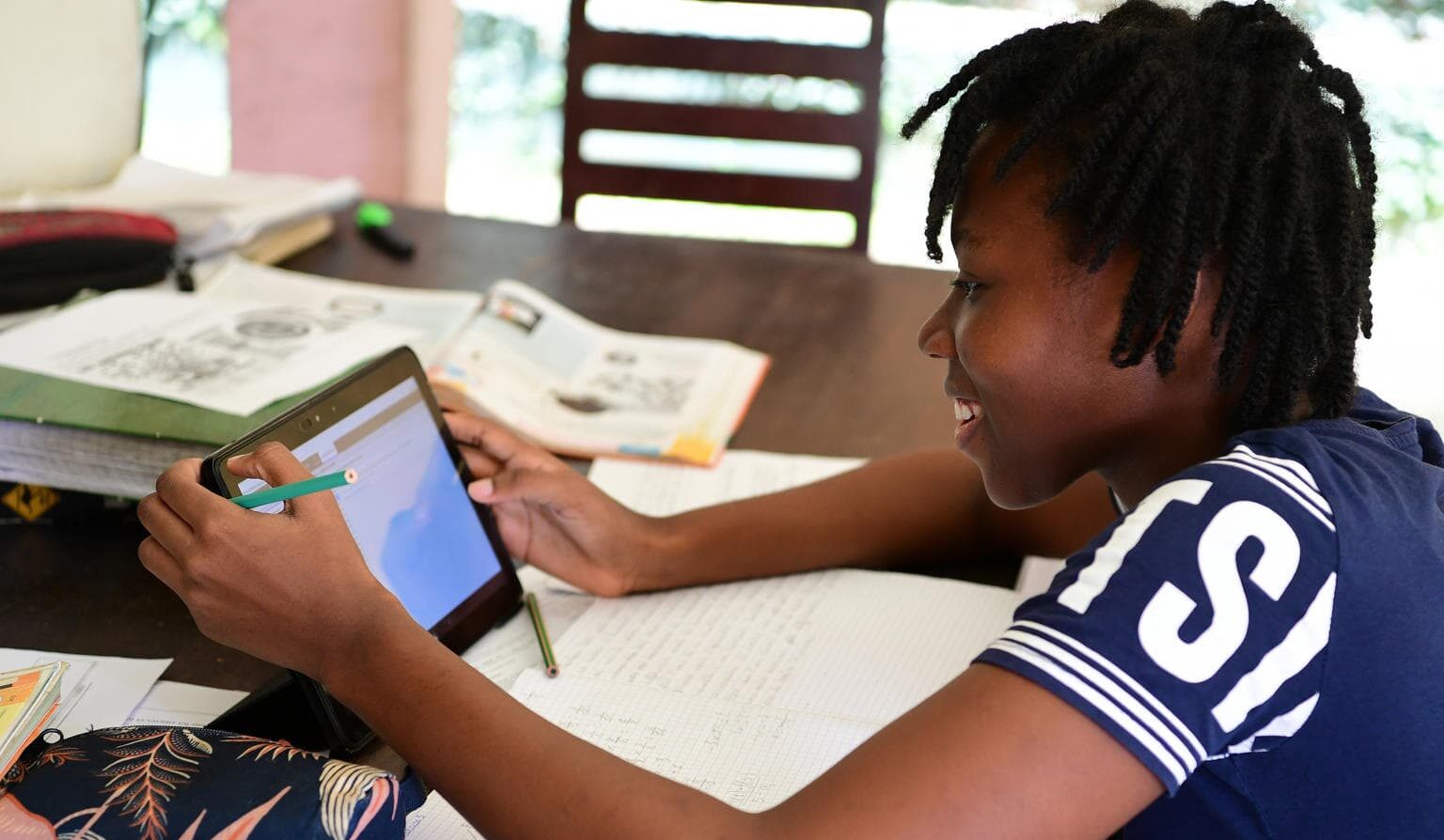
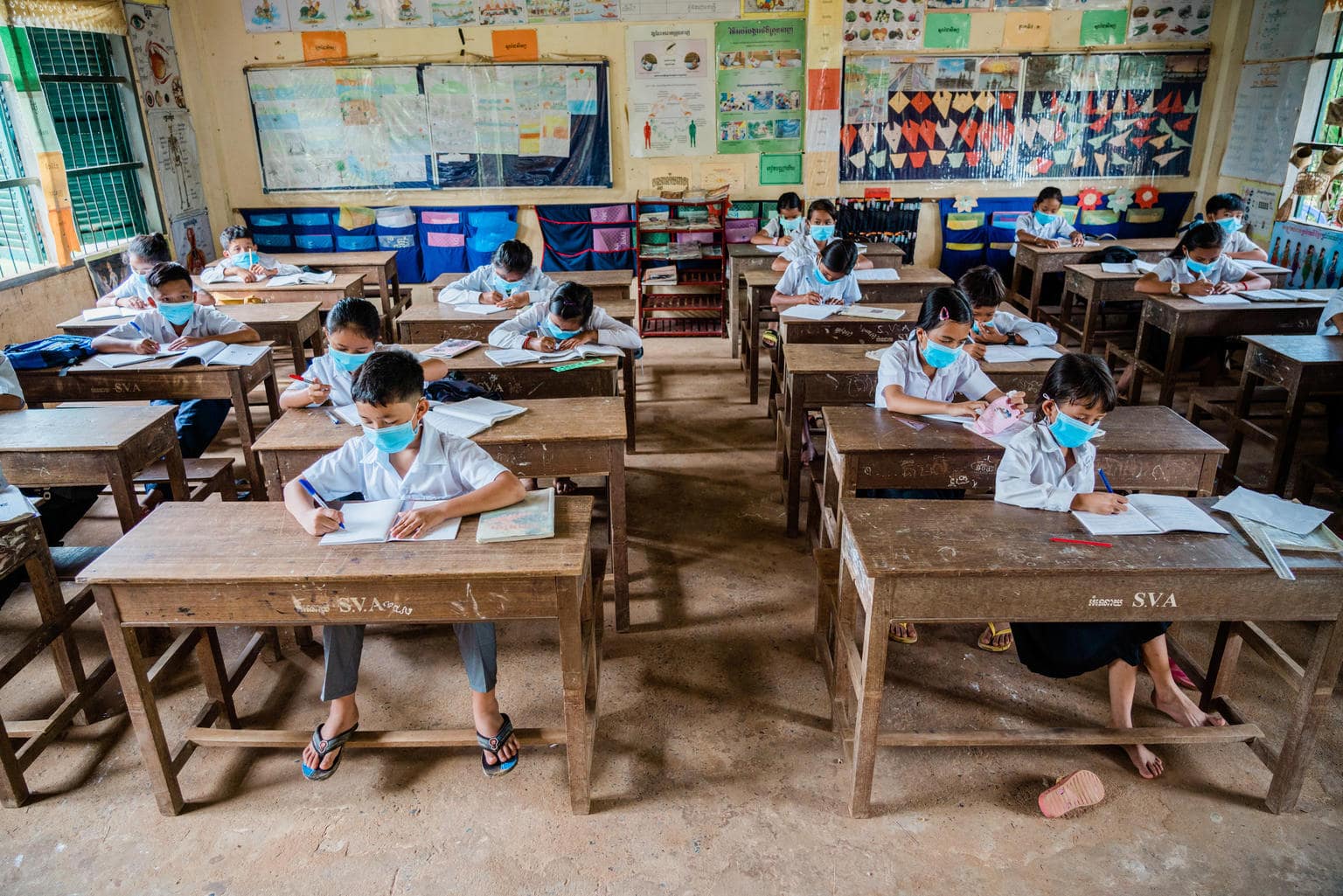
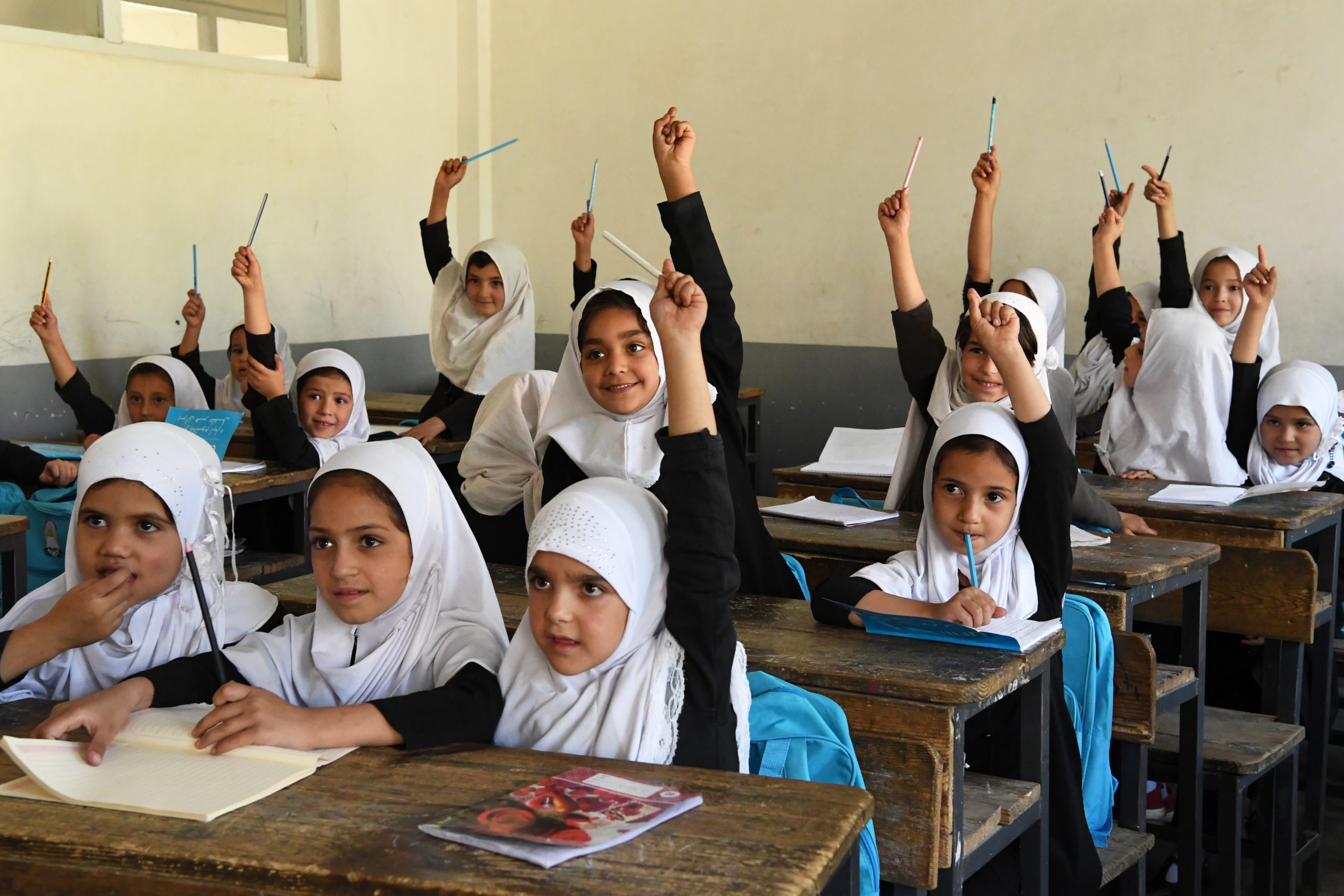
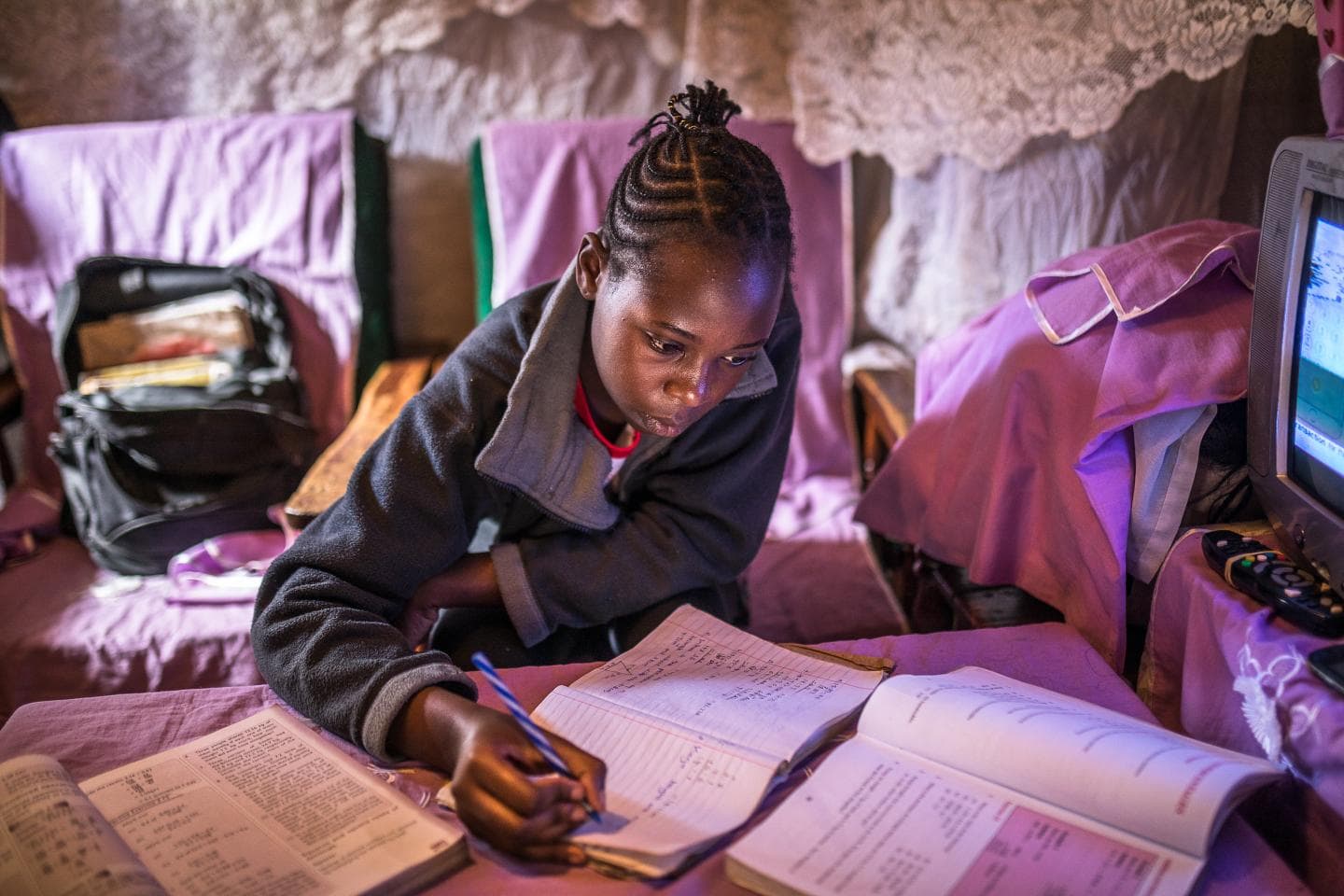

Notes on the data
For a full picture of children’s school participation, UNICEF uses two sources of data: enrolment data, which are based on administrative records, and attendance data from household surveys. In half of all countries, data on primary and secondary education come from more than one source. All data on primary and secondary education used by UNICEF are based on official International Standard Classifications of Education (ISCED) and may deviate somewhat from those used by country-specific school systems.
Definition of indicators
Primary school adjusted net attendance rate – Percentage of children of primary school age who attend primary or secondary education.
Primary school completion rate – Total number of children who are 3 to 5 years older than the intended age for the last grade of primary education who completed primary education, expressed as a percentage of the total number of children who are 3 to 5 years older than the intended age for the last grade of primary education.
Primary school out-of-school children – Total number of children of primary school age and who are not enrolled in pre-primary, primary education, or secondary education.
Gender parity index – The ratio of female-to-male values of a given indicator. Normally, a GPI between 0.97 and 1.03 indicates parity between the sexes, whereas a GPI lower than 0.97 indicates girl disadvantage and a GPI greater than 1.03 indicates boy disadvantage.
Foundational reading skills – Foundational reading skills measure the minimum proficiency skills in reading expected in Grade 2/3. Foundational reading skills are divided into three categories: 1) word recognition (correctly reading 90 per cent of words in a story), 2) literal questions (replying correctly to all three literal questions), and 3) inferential (replying correctly to both of two inferential questions). If the child succeeds in all three tasks, s/he is considered to have foundational reading skills.
Foundational numeracy skills – Foundational numeracy skills measure the minimum proficiency skills in numeracy expected in Grade 2/3. Foundational numeracy skills are divided into four tasks: 1) number reading, 2) number discrimination, 3) addition, and 4) pattern recognition. Each task is composed of several questions and the child must correctly answer all questions to successfully complete the task. If the child succeeds in all four tasks, s/he is considered to have foundational numeracy skills.
